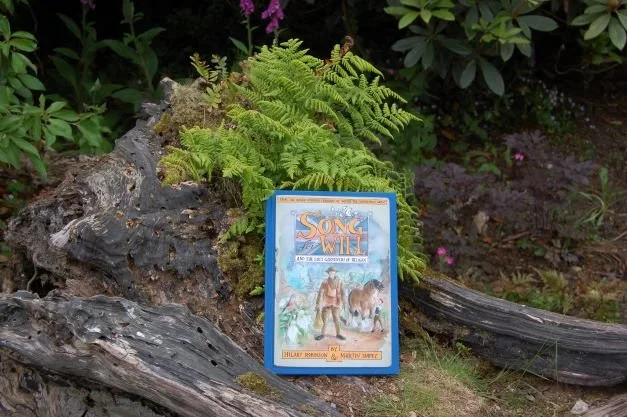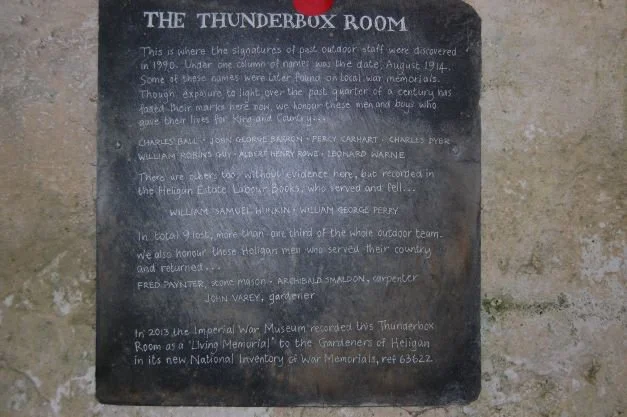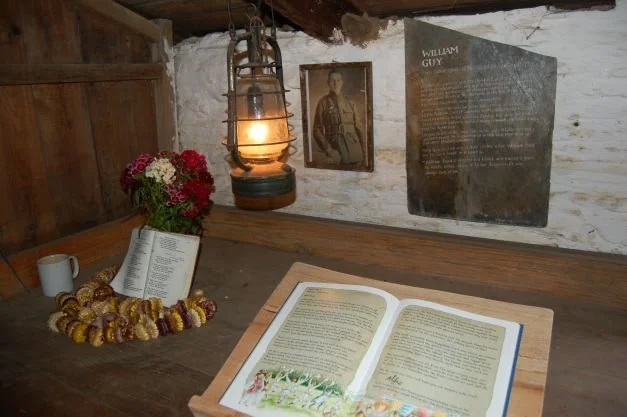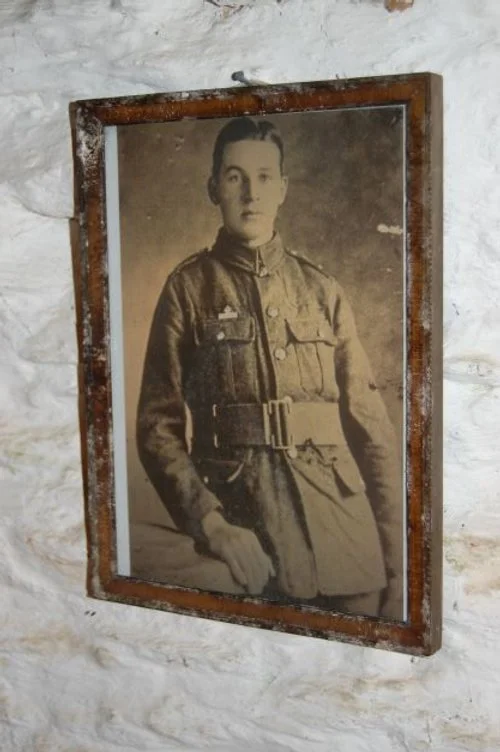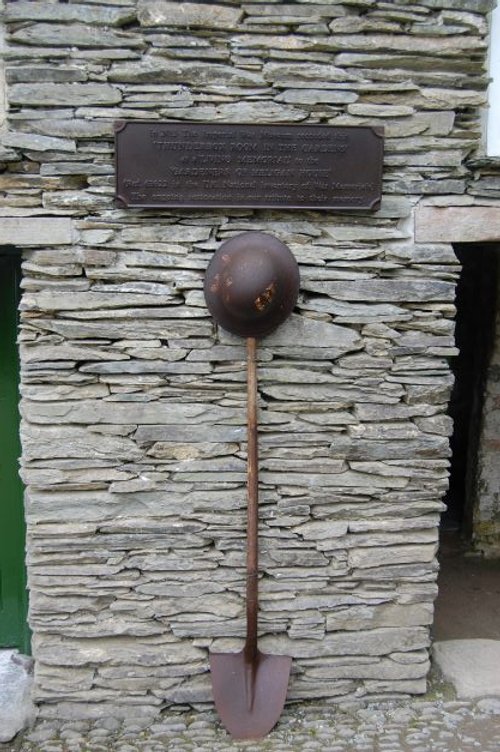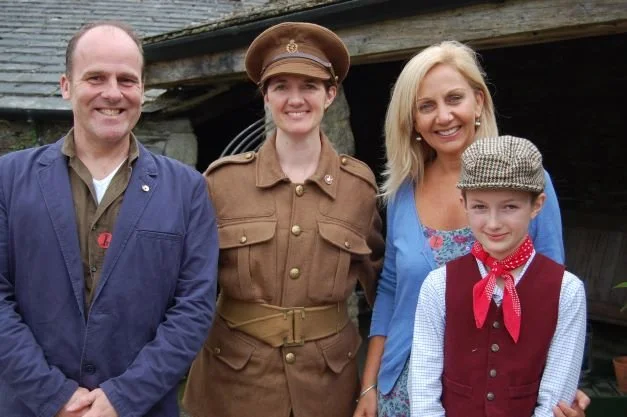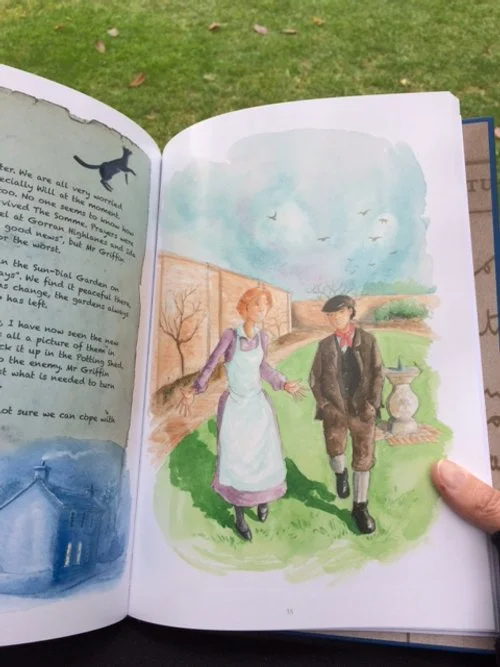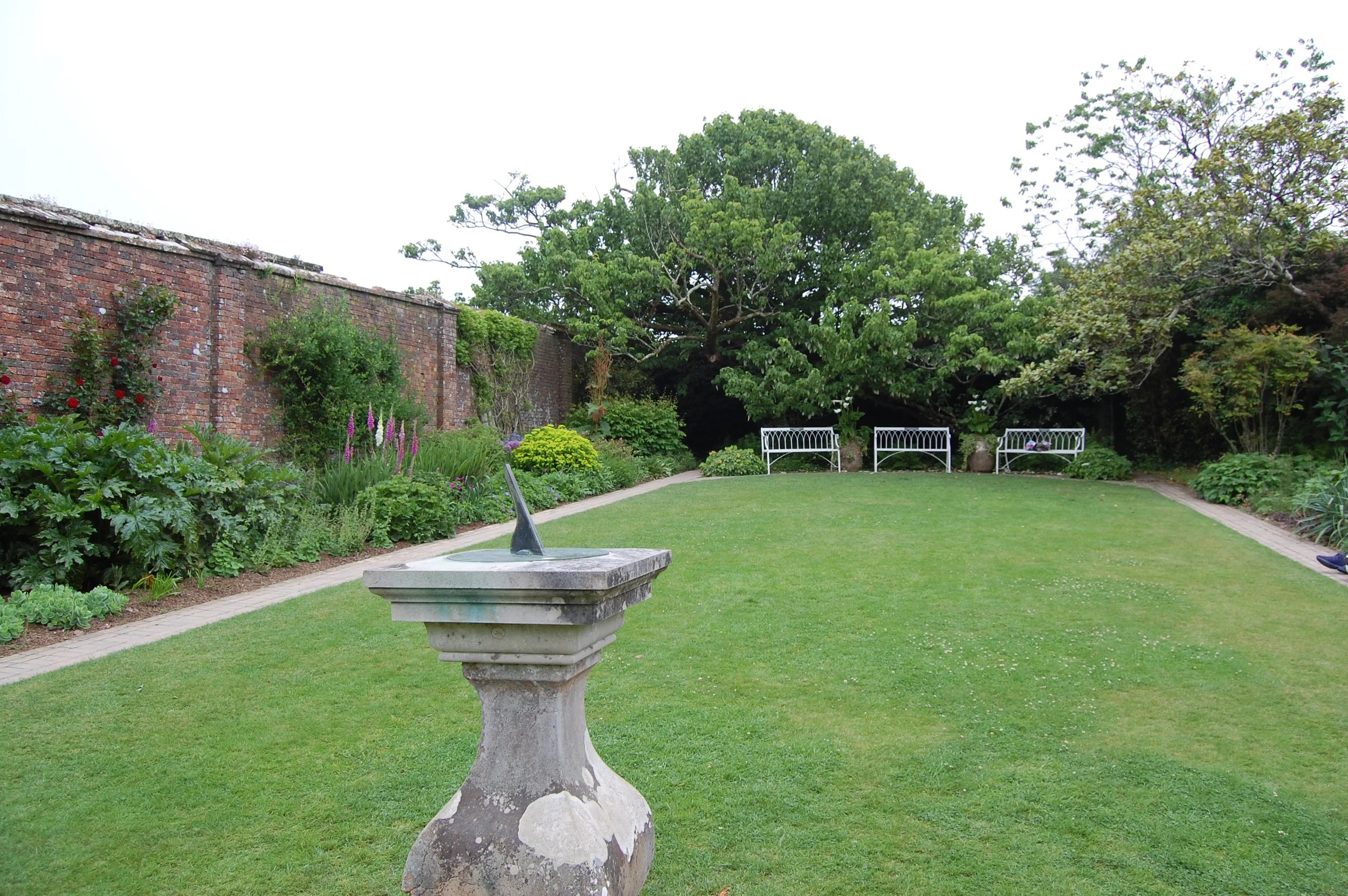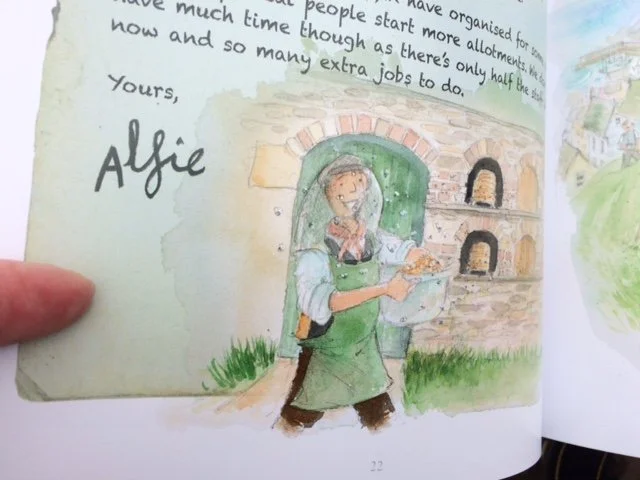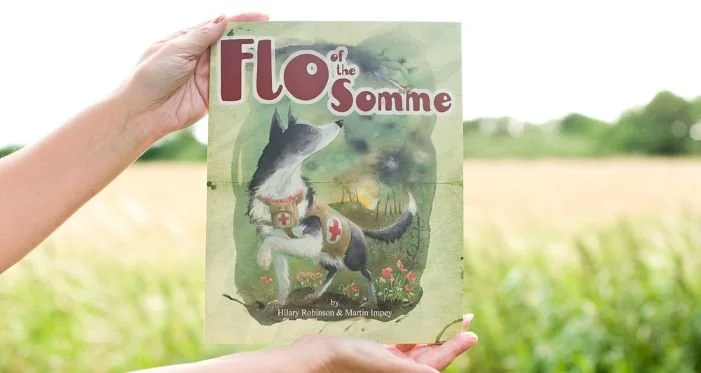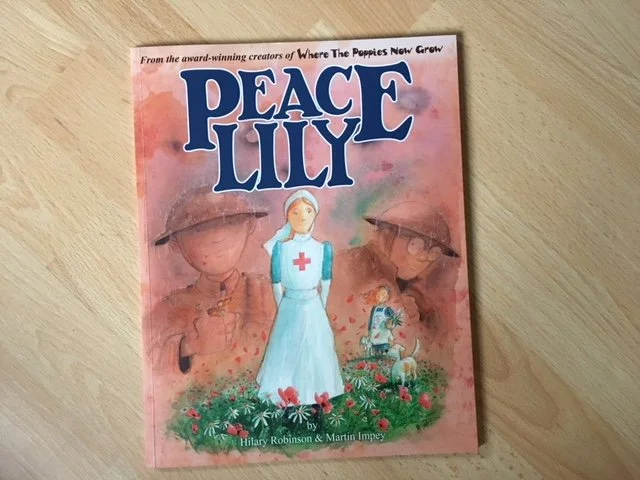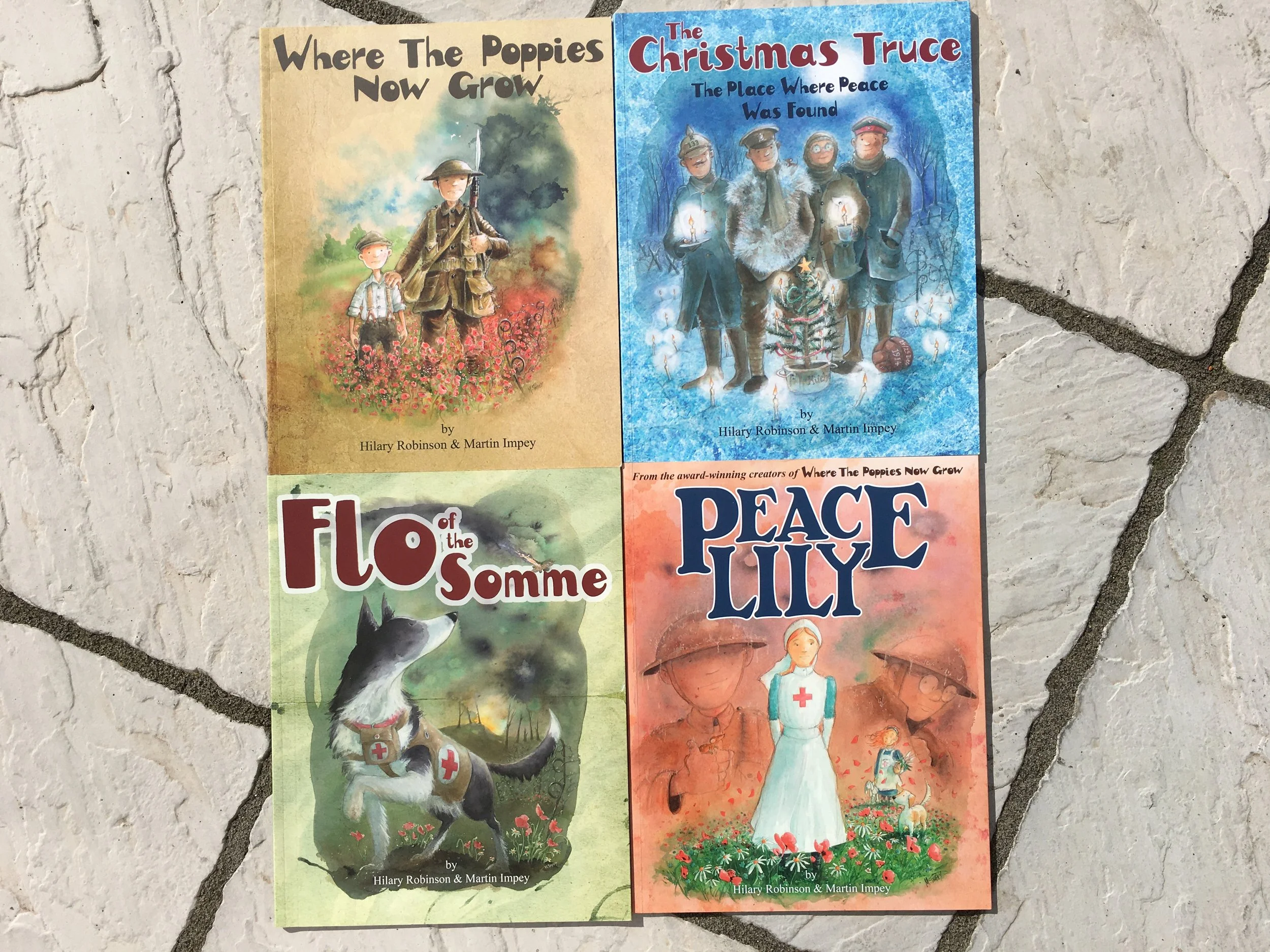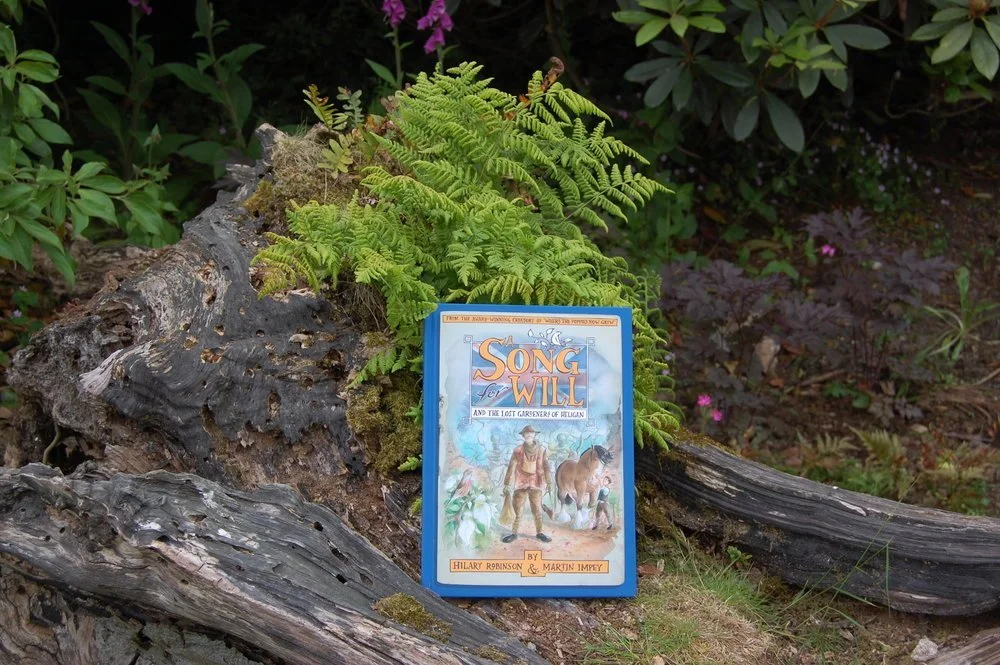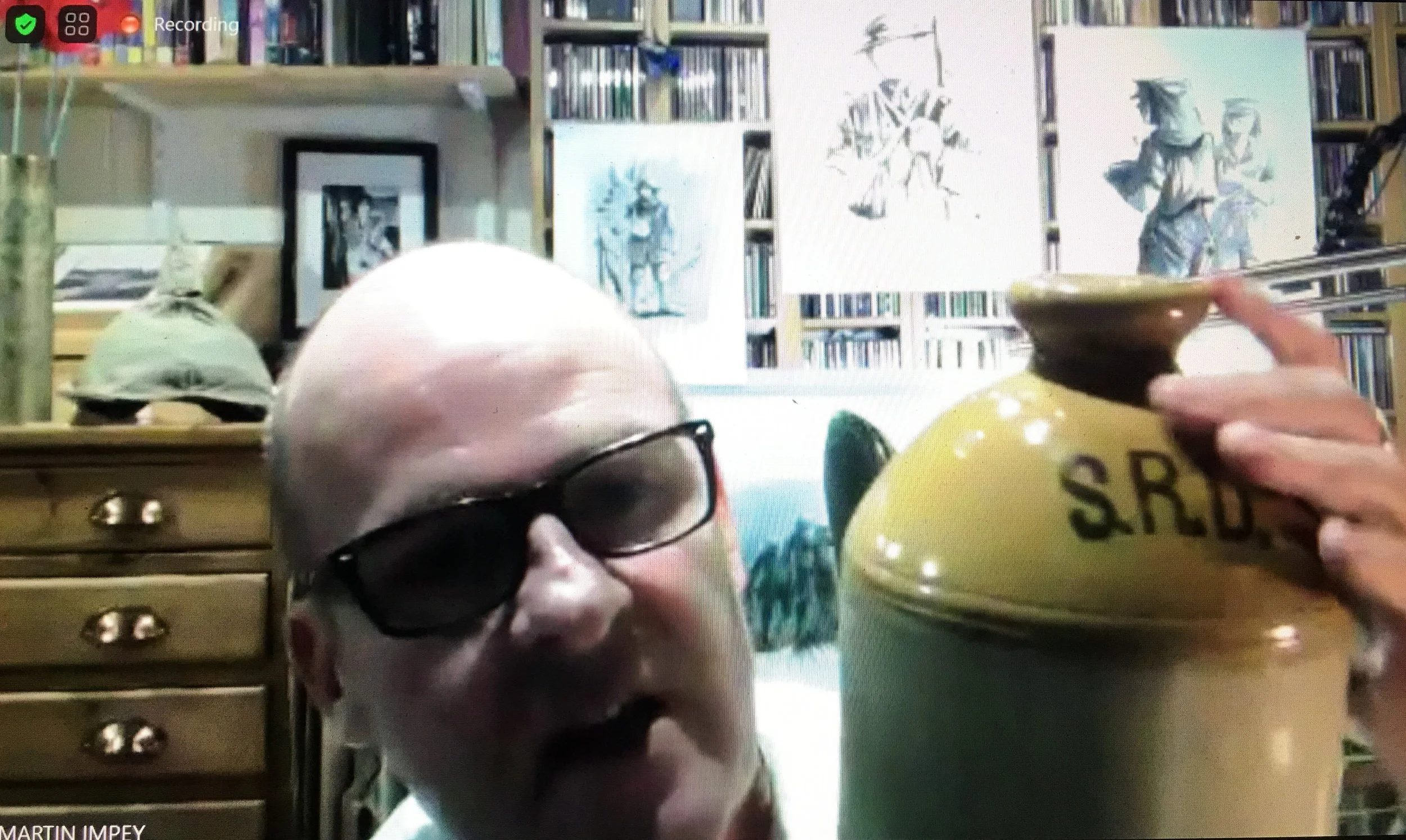
Reviews
There are so many incredible books available at the moment that it is impossible to read them all, no matter how hard I try! Here are my thoughts about some of the books I have read and how I think they could be used in school as well as Q and A sessions with authors and illustrators.
A Song for Will and the Lost Gardeners of Heligan
‘A Song for Will and the Lost Gardeners of Heligan’ is one of my favourite books. Based on the lives of real people and real events, it tells the story of William Guy and the other gardeners who worked for the Tremayne family when World War One broke out. Written by Hilary Robinson and beautifully illustrated by Martin Impey, the story is told through a series of letters written between the gardeners of Heligan House during the First World War.
When war was declared in 1914, it wasn’t long before men across the country courageously volunteered or were called up to serve the war effort. The gardeners of Heligan, near Mevagissey in Cornwall, were no exception and to mark the occasion, they wrote their names upon the wall of the outdoor staff toilet (which they called the ‘Thunderbox’), as a reminder to all of their brave commitment to leave the gardens to serve king and country. Thirteen outdoor staff left Heligan to fight across the sea but only four returned. William Guy was one of the nine who never came home and this book is dedicated to his memory.
'A Song for Will' tells the story of both the changing seasons at Heligan and the effects on the gardens from the war waging abroad. The loss of livestock, changing diets due to lack of food and the developing 'make do and mend' attitudes all feature. The loss of skilled workers meant that the gardens themselves would eventually become neglected and overgrown and would not be restored to their former glory for many years. 'A Song for Will' also highlights the feelings of those bravely fighting on the battlefields, the tragic mental toll of war and sadly, the loss felt by all when loved ones did not return home. In 2013, the Imperial War Museum recorded the Thunderbox Room as a ‘living memorial’ to the gardeners of Heligan and the monument pictured below can be found nearby.
This is a poignant story, gently told, and is perfect to use in school to illustrate and investigate the effects of the First World War. I have used it very successfully on a number of occasions with excellent results in terms of engagement, understanding, empathy and written outcomes. The book could be introduced through the artefacts, plants and gardening equipment featured in the book, using role play and drama to develop scenes. The letter story telling format might inspire similar attempts to write in character. Hilary and Martin’s book contains letters between only two individuals and there were many more that left Heligan to serve both on land and at sea whose stories could also be told. Readers could keep either a diary of events and feelings whilst reading the story or imagine what characters might write in their own diaries. Children might enjoy reading the text aloud to each other or summarising sections to share.
The gardeners that served during the Great war are listed at the back of the book and a search through war records, such as those held by Ancestry, yields information about some of the individuals involved. Children I have taught have enjoyed looking at the census returns as well as army documents, developing the idea of the characters in the book as real people and engaging children with primary sources of evidence.
Finally, the book acts as the perfect guidebook to the gardens and a visit to Heligan would be an enriching and memorable experience for a class of children. I had a wonderful time when I visited for the launch of the book (picture above) and wondered at Martin’s skill as I matched scenes from the book to locations at Heligan.
Hilary and Martin have become a wonderful story writing team, detailing various aspects of the First World War through several books they have authored together. They can always be relied upon to tell the most difficult of stories with the dignity they deserve whilst maintaining an appropriate amount of detail, so as not to distress a younger audience. ‘A Song for Will’ is an incredibly special book.
A Song for Will and the Lost Gardeners of Heligan
Hilary Robinson, illustrated by Martin Impey
Strauss House Productions ISBN: 978-0957124530
The ‘Ben and Ray’ Books
Without a doubt, this series of books is essential for any teacher- or family- wanting to explore events from the First World War with children in an accessible and supportive way. Since the publication of ‘Where The Poppies Now Grow’ in 2014, the four books chronicling events in the lives of friends, Ben and Ray, have been shared with thousands of children.
Stunning illustrations and lyrical text combine to create four linked stories, each of which focuses on a different aspect of the war. The second book sees Ben and Ray playing football during the Christmas Truce, the third pays tribute to the contribution played by animals during conflict and the final book introduces Lily, childhood companion of Ben and Ray, and not only highlights the contribution of women to the war effort, but also brings the series to a satisfying and moving conclusion.
The stories offer so much to discuss and explore with the illustrations adding many additional details. Children may notice the names on the wall by Ben’s bed in ‘Where the Poppies Now Grow’ and wonder who these people were or make the connection with some of the names and the dedications made by Hilary and Martin at the front of the book. This is one of the many examples of the attention to detail and the care with which these extraordinary books have been created.
These books are obviously a labour of love, born out of personal connection to these events through family history. ‘Flo of the Somme’ won the Poetry Category of the North Somerset Teachers’ Book Awards in 2016 and these books have rightly been nominated for and won many other awards. They are accessible to a wide ranging audience from little ones enjoying the rhyming text and hunting for Ben’s pet mouse in the pictures to older readers who will make connections- perhaps with family experiences.
Poignant and powerful, this is a very special set of books. Tomorrow, I will be reviewing Martin’s edition of ‘Dulce et Decorum Est’ and 'on Thursday, ‘A Song for Will and the Lost Gardeners of Heligan’.
I will be joined by author, Hilary Robinson, for my Q and A session this Friday where I ask some questions about these books and ‘A Song for Will’.
Where the Poppies Now Grow
Strauss House ISBN: 978-0957124585
The Christmas Truce Strauss House ISBN: 978-0957124578
Flo of the Somme Strauss House ISBN: 978-0957124561
Peace Lily Strauss House ISBN: 978-0957124554
Hilary Robinson, illustrated by Martin Impey
Dulce et Decorum Est…
Last night, I was delighted to be able to attend The Wilfred Owen Association’s Annual Birthday Lecture and listen to the very talented Martin Impey talk about the inspiration and research behind his incredible illustrations for Owen’s poem, ‘Dulce et Decorum Est’.
I first fell in love with Martin’s work when I read the ‘Poppies’ series of books, written by Hilary Robinson, which are full of his detailed and endearing illustrations, chronicling the lives of best friends, Ben and Ray, and later, Lily, through the First World War. This is a series I have often used with children in school as each book conveys very poignant and ‘difficult’ subject matter in a way children can easily understand. The bonds of friendship and loyalty, the sense of hope and love these books convey, supported by Martin’s powerful illustrations, make them perfect for starting and developing discussions and their attention to detail offers a teacher many opportunities to deepen learning about and understanding of this time.
In addition to this series, Martin and Hilary collaborated on ‘A Song for Will and the Lost Gardeners of Heligan’, one of my all-time favourite books and again, one which I often share in school. The level of detail and research in this book is incredible and I have spent a happy afternoon at Heligan Gardens, matching the locations depicted by Martin in the book to the real life sites. With children, I have looked at the census returns and other historical documents which show that these were living, breathing people whilst enjoying the story these master story-tellers have developed.
Knowing how thoughtfully Martin researches his subjects, I was not surprised by the stunning and deeply poignant images he created for ‘Dulce et Decorum Est’, but listening to his talk, I was completely mesmerised by the lengths he had gone to before he had developed his images. Martin’s understanding of Owen and his work- his letters and opinions as well as his poems- was incredible and there were many links and references in the pictures which I had missed, making me realise (once again!) how magical it is to be able to listen to authors and illustrators talk about their work.
The Association is clearly full of members who are passionate about Owen and his work and the question session which followed Martin’s talk was full of interesting points which can really only be raised by those with a deep knowledge and understanding of the subject, but I listened with interest and have decided to re-read the two biographies which I have about the man himself with fresh eyes and fresh interest.
Thanks to the Association for hosting such an interesting event and thanks to Martin for being as fascinating as ever!
Dulce et Decorum Est poem by Wilfred Owen, illustrated by Martin Impey
Strauss House Productions ISBN: 978-1527218253
